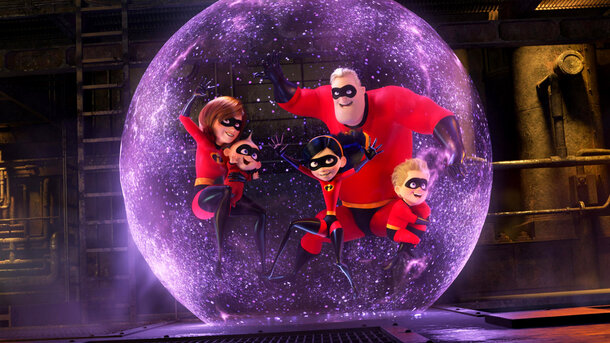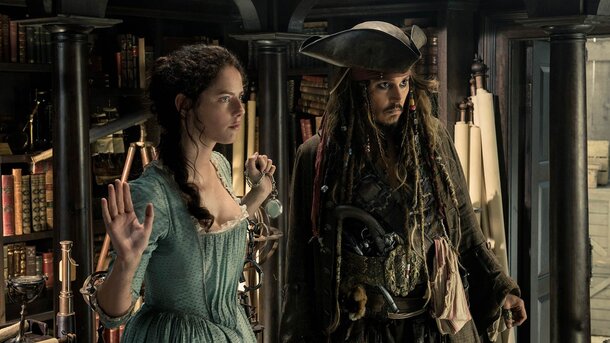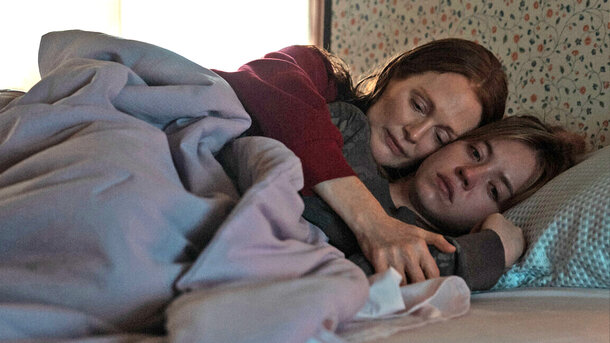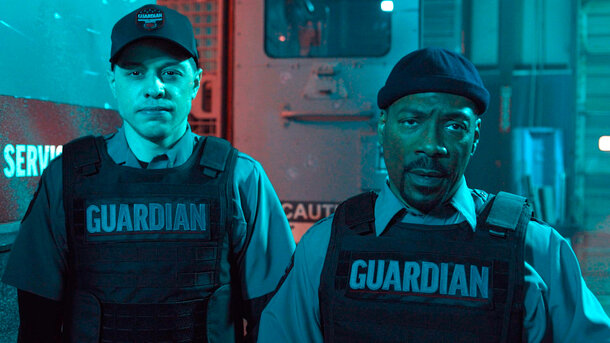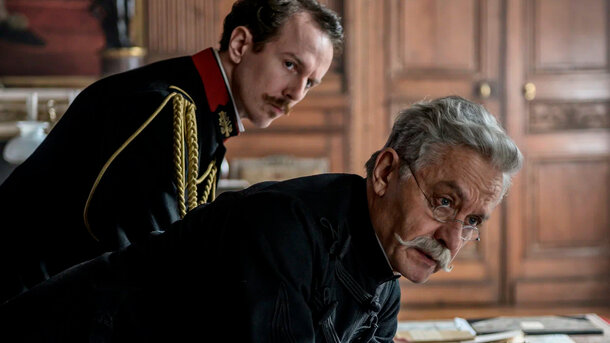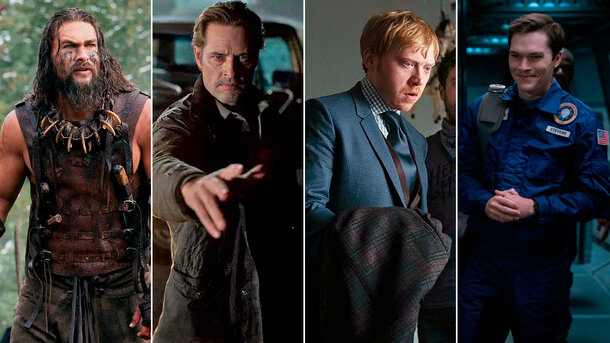The Lord of the Rings: The Rings of Power became a true event in the fantasy world — both grand and controversial. The multi-episode project broke all budget records, becoming the most expensive series adaptation to date, and for the first time brought the events of the Second Age of Middle-earth to the screen.
However, the most heated audience discussions were sparked by the show’s creative interpretation of Tolkien’s world. Though the creators claimed to be working from the appendices to The Lord of the Rings, the series is more inspired by the originals than bound to them — timelines and canonical events have been freely reimagined.
Some artistic choices stirred real storms in the fandom, and certain moments clearly diverge from the source material. One of the most debated issues revolves around how key characters from the legendarium were portrayed.
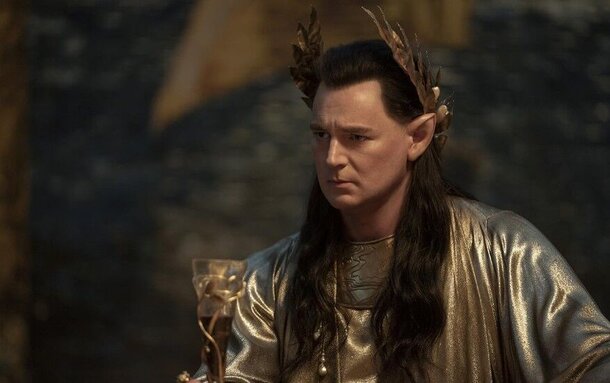
The Portrayal of Gil-galad
The Rings of Power introduced an unexpected version of Gil-galad — the last High King of the Elves, remembered in Tolkien’s books as a noble figure. In the original saga, he is portrayed as a wise ruler who fell in the legendary Battle of the Last Alliance. The series, however, presented a very different take.
On screen, Gil-galad comes across more as a domineering and aloof monarch, frequently issuing commands to Galadriel and other elves. This behaviour not only conflicts with the canonical descriptions of his character but also raises questions about the political structure of Elven society. During the period depicted, the king’s authority and influence were far from absolute.
Galadriel’s Relationship with Gil-galad
The Rings of Power invented an almost entirely new backstory for Galadriel, one that does not appear in Tolkien’s writings. Instead of a wise seer, the audience is shown a fierce warrior obsessed with hunting Sauron. While it’s possible her character could have evolved into the version we meet in The Lord of the Rings, the series omits key traits of her identity.
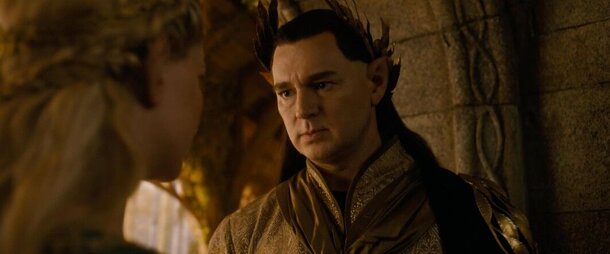
What stands out particularly are the scenes where Gil-galad gives orders to Galadriel — when in fact, they were equals in both status and age. In the books, their relationship was built on mutual respect, not hierarchy or command.

